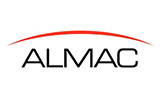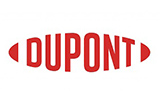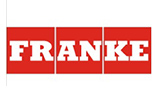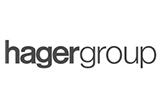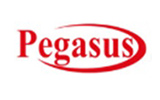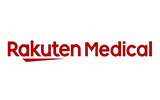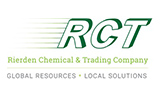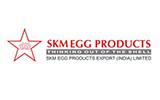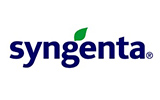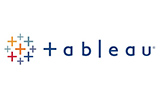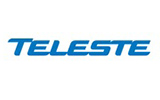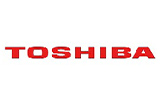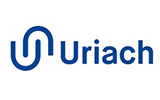
The global bunker fuel market was valued at $120.1 billion in 2019, and is projected to reach $130.1 billion by 2027, growing at a CAGR of 3.1% from 2020 to 2027.
Bunker fuel is the fuel oil/gas delivered to the ships that are engaged in international navigation. The international navigation takes place via sea, coastal waters, and on waterways and inland lakes. Bunker fuel is mainly classified into low sulfur fuel oil, high sulfur fuel oil, marine gas oil/marine diesel oil, and others. Marine gas oil is mostly used in small and highly rated diesel engines, which are found in many different ships. High sulfur fuel oil is the high viscosity fuel oil. Bunkering is the term used to supply bunker fuel to the ships or vessels that are further used in the maritime trade operations.
Rise in offshore exploration & production (E&P) activity and increase in seaborne trade are the factors that drive the growth of the global bunker fuel market. In addition, IMO's regulations of sulfur cap for marine fuels are also expected to drive the growth of the bunker fuel market. Moreover, increase in utilization of LNG as a marine fuel is anticipated to fuel the growth of the bunker fuel market during the forecast period. High investment cost involved in development of bunker fuel infrastructure and regulatory framework is anticipated to hamper the growth of the bunker fuel market.
The global bunker fuel market is segmented into type, commercial distributor, application, and region. Depending on type, the market is categorized into high sulfur fuel oil (HSFO), low sulfur fuel oil (LSFO), marine gasoil/marine diesel oil, and others. On the basis of commercial distributor, it is bifurcated into oil major, large independent, and small independent. The applications covered in the study include container, bulk carrier, oil tanker, general cargo, chemical tanker, fishing vessels, gas tankers, and others. Region wise, it is analyzed across North America, Europe, Asia-Pacific, and LAMEA.
KEY BENEFITS FOR STAKEHOLDERS
? The report includes in-depth analysis of different segments and provides market estimations between 2020 and 2027.
? A comprehensive analysis of the factors that drive and restrict the growth of the global bunker fuel market is provided.
? Porter's five forces model illustrates the potency of buyers & sellers, which is estimated to assist the market players to adopt effective strategies.
? Estimations and forecast are based on factors impacting the global bunker fuel market growth, in terms of value.
? The key market players are profiled to gain an understanding of the strategies adopted by them.
? This report provides a detailed analysis of the current trends and future estimations from 2020 to 2027, which help to identify the prevailing market opportunities.
?
KEY MARKET SEGMENTS
By Type
- High Sulfur Fuel Oil (HSFO)
- Low Sulfur Fuel Oil (LSFO)
- Marine Gasoil/Marine Diesel Oil
- Others
By Commercial Distributor
- Oil Major
- Large Independent
- Small Independent
By Application
- Container
- Bulk Carrier
- Oil Tanker
- General Cargo
- Chemical Tanker
- Fishing Vessels
- Gas Tankers
- Others
By Region
- North America
o U.S.
o Canada
o Mexico
- Europe
o Germany
o France
o UK
o Italy
o Spain
o Rest of Europe
- Asia-Pacific
o China
o Japan
o India
o South Korea
o Singapore
o Rest of Asia-Pacific
- LAMEA
o Brazil
o Saudi Arabia
o South Africa
o UAE
o Qatar
o Kuwait
o Iraq
o Djibouti
o East Africa (Except Djibouti)
o Oman
o Egypt
o Rest of LAMEA
KEY MARKET PLAYERS
- BP p.l.c.
- Exxon Mobil Corporation
- Royal Dutch Shell PLC
- Lukoil
- Sinopec Group
- Gazprom Neft PJSC
- Chevron Corporation
- PETRONAS
- Total SE
- Neste
Other players operating in the bunker fuel market are Saudi Arabian Oil Company, Marathon Petroleum Corporation, Valero Energy Corporation, Minerve Bunkering, World Fuel Services Corporation, Gac Bunker Fuels Limited, and Bomin Bunker Oil Corp.



